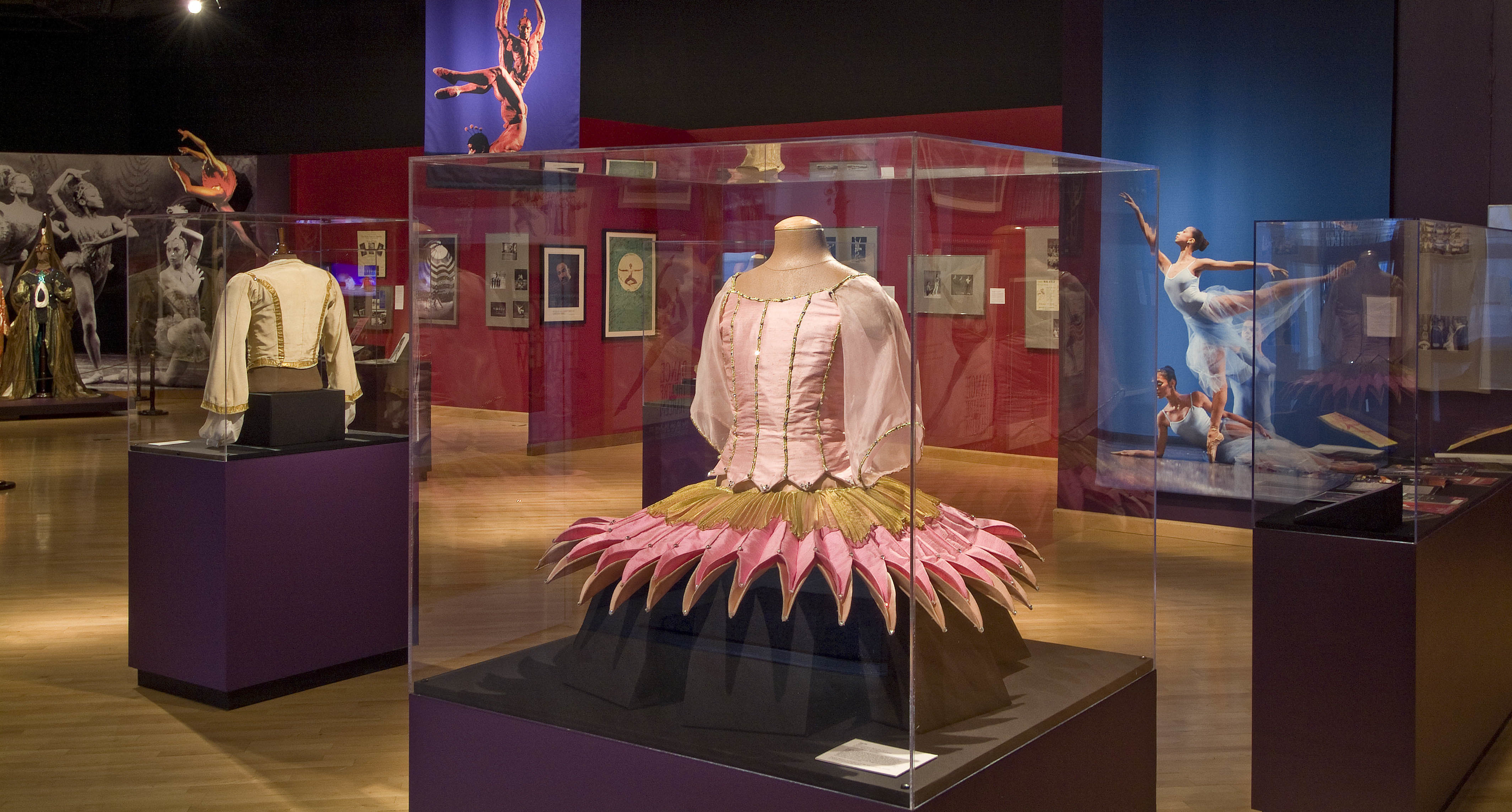- Experience
Experience
Through performances, community engagement and arts education, the Company carries forward Dance Theatre of Harlem’s message of empowerment through the arts for all.
- Study
Study
Students of all levels have the opportunity to develop the artist within and prepare for success both on and off the stage with world-class training in classical ballet and diverse dance disciplines.
- DTH School
- Adult Drop-In Classes
- School Info
- Arts Education & Community Engagement
- Instructional Videos
- Support
Support
Continue the legacy of access, opportunity, and excellence for the next generation.
- Discover
Discover
Learn about the legacy that transformed Dance Theatre of Harlem into a world-renowned organization, and the people behind the curtain. Also, learn how you can rent our studios.
- 2025 Men’s Company Audition
- The Company
- Alumni
- Our History: Raising the Barre Since 1969
- DTH News
- DTH Videos
- Who We Are
- DTH Opportunities
- Studio Rentals
- Shop
Shop
Top Searches
- Experience
Experience
Through performances, community engagement and arts education, the Company carries forward Dance Theatre of Harlem’s message of empowerment through the arts for all.
- Study
Study
Students of all levels have the opportunity to develop the artist within and prepare for success both on and off the stage with world-class training in classical ballet and diverse dance disciplines.
- DTH School
- Adult Drop-In Classes
- School Info
- Arts Education & Community Engagement
- Instructional Videos
- Support
Support
Continue the legacy of access, opportunity, and excellence for the next generation.
- Discover
Discover
Learn about the legacy that transformed Dance Theatre of Harlem into a world-renowned organization, and the people behind the curtain. Also, learn how you can rent our studios.
- 2025 Men’s Company Audition
- The Company
- Alumni
- Our History: Raising the Barre Since 1969
- DTH News
- DTH Videos
- Who We Are
- DTH Opportunities
- Studio Rentals
- Shop
Shop

- Study
- Study

